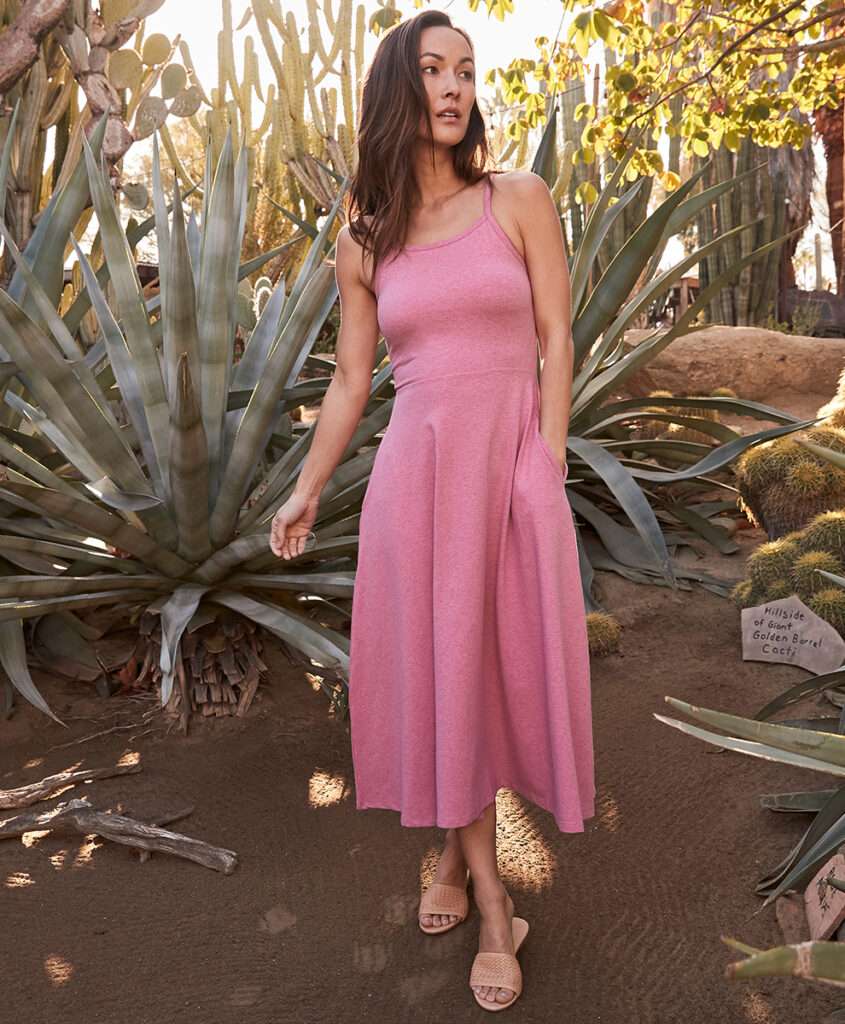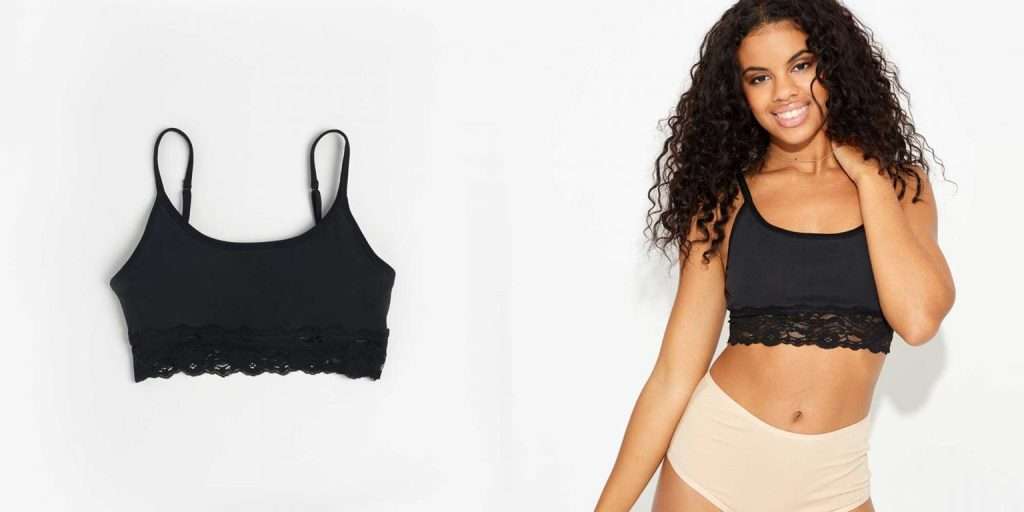Through partnerships with labels like Pact and Girlfriend Collective, Bold Metrics is driving sustainability through personalized AI sizing that could reduce returns and the carbon footprint that goes along with them. Can it work?
Last year, leading artificial intelligence firm Bold Metrics teamed up with sustainable clothing brands Pact and Girlfriend Collective to provide its state-of-the-art sizing solution for online shoppers. The ‘Find My Size’ feature, developed by Bold Metrics, will offer Pact consumers an innovative tool to swiftly and accurately discover their optimal size.
The goal of proper sizing is to revolutionize the significant sizing hurdle common with online clothing shopping. According to data from Business Insider, 63 percent of consumers engage in bracketing, a shopping practice where they purchase several sizes of a single item and return the ill-fitting options. This puts pressure on supply chains and leads to increased emissions from excessive shipping. And Shopify says poor fit accounts for more than half of clothing returns. Bold Metrics claims its technology can reduce return rates by 32 percent while also increasing conversions and overall average order value.
To achieve optimal sizing, Bold Metrics’ AI technology constructs a virtual duplicate of each shopper, calculating more than 50 distinct body measurements it obtained from a survey. These measurements, combined with detailed garment information on a style-by-style basis, offer what the company says is an unparalleled accuracy level in determining a shopper’s best size for a particular style.

Reducing the frequency of returns has a direct, positive impact on sustainability initiatives by reducing emissions and decreasing waste. And that adds up fast. Fashion’s carbon pollution accounts for ten percent of total global emissions. “Returns are a problem that impacts a brand’s sustainability efforts. U.S. eCommerce apparel returns due to fit alone result in approximately 168,337 tons of landfill waste and 1,043,481 tons of CO2 contributed to the atmosphere annually,” Daina Burnes, CEO of Bold Metrics, said in a statement.
The industry is also wasteful in other ways; it’s notoriously resource-heavy, using 93 billion cubic meters of water — enough to meet the needs of 5 million people, says the World Bank. The fashion industry also produces about 20 percent of global wastewater — most often byproducts of dyeing and tanning, among other textile treatments.
“Leveraging AI effectively, especially in optimizing apparel fit and sizing, goes beyond intelligent size recommendations,” Bold Metrics said in its 2023 Q2 report. “AI can empower brands to improve supply chains, create better product, personalize the shopper journey, and build a dedicated community of brand advocates. It should serve as a valuable guide for apparel brands looking to remain competitive, increase revenue, and create operational efficiencies across their organization.”
Bold Metrics says sizing charts are both complicated and confusing given the lack of standardization and the widespread use of vanity sizing. “An easy-to-use, accurate sizing solution that provides size recommendations based on individual shopper body measurements and personal fit preferences makes a significant difference in personalizing the fit experience for shoppers.”

According to Burnes, by helping Pact and Girlfriend Collective’s customers elevate their sizing experience and overcome sizing uncertainty, Bold Metrics is “reinforcing” a commitment to “improving the customer experience and fostering a more sustainable approach to online shopping.”
Pact announced it reached a million-customer milestone last April. The company, which launched as an underwear brand in 2011, has expanded its offerings to include a range of items from basics and dresses to loungewear. The company says the milestone is a significant mile marker in the journey to a more sustainable fashion industry. Pact says its customers have contributed to reducing more than 300 million gallons of water by supporting organic textile production and have contributed more than $1 million in premiums distributed to Fair Trade employees. The company says it has also reduced more than 11 million kilograms of carbon dioxide through reforestation and renewable energy projects.
“We are so grateful that customers have put their faith in Pact to deliver the most comfortable and versatile organic clothing on earth,” Brendan Synnott, Pact’s founder said in a statement. “We look forward to cleaning up the clothing industry together for years to come.”
Related on Ethos:


